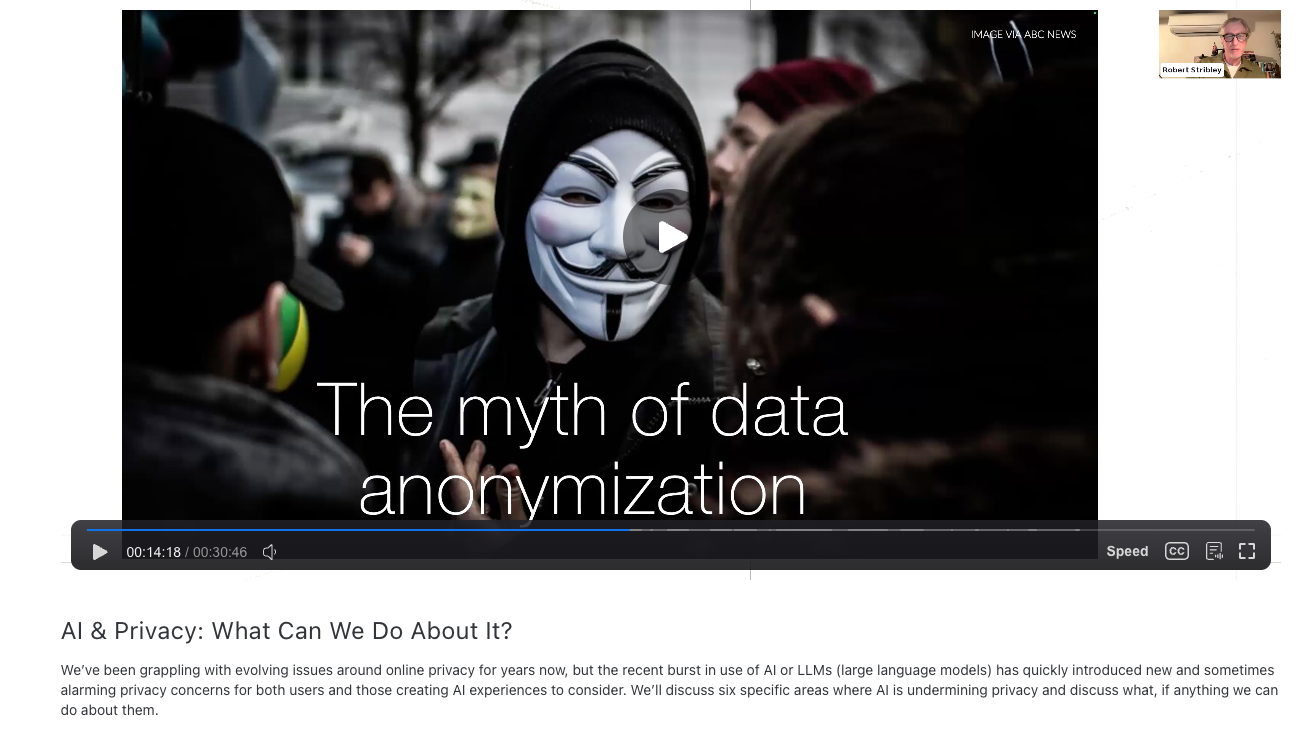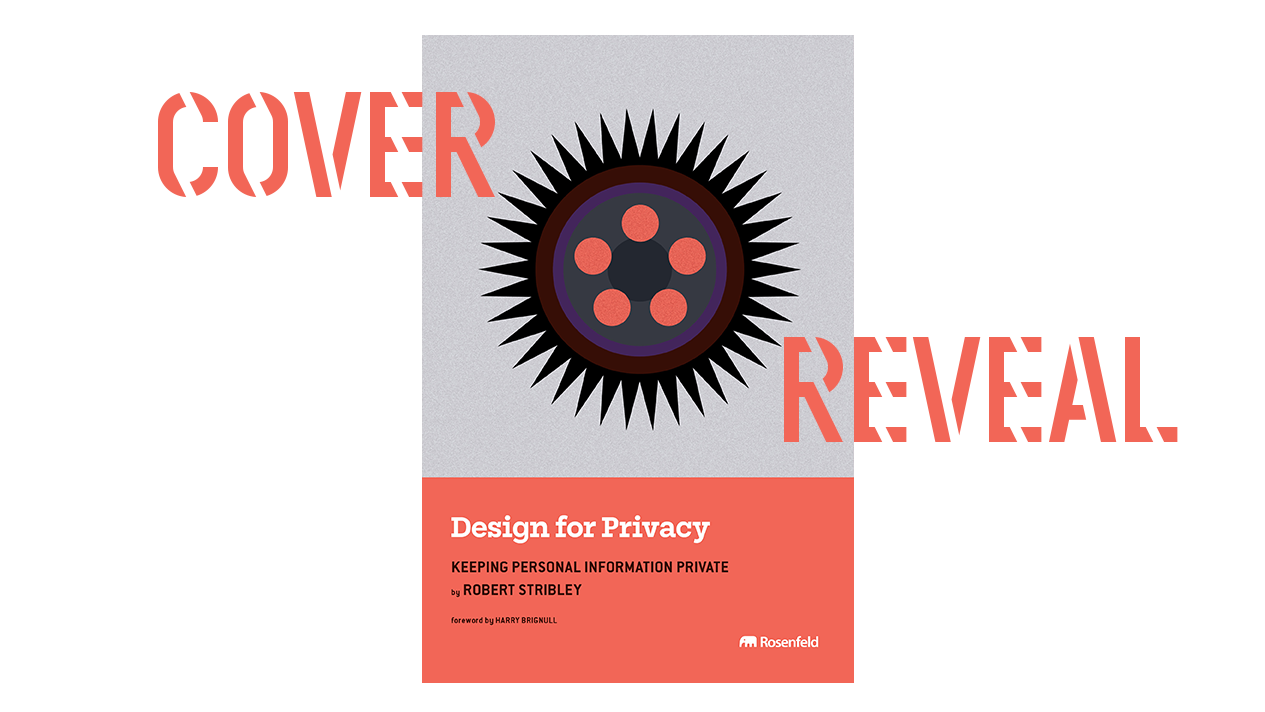I've been presenting on the topic of privacy by design to companies and organizations, as well as my students at SVA for several years now. I just took an Illustrator class, and, for my final project, thought it'd be fun to boil that presentation down to fit into a tri-fold pamphlet, which I could distribute or folks could download if they'd like. The pamphlet version of “Designing for Privacy in an Increasingly Public World” highlights 7 best practices for privacy by design, as well as some high-level reasons our clients will want to pay attention to their customers' privacy concerns.
🔗 https://shorturl.at/syDOQ (PDF)
Update: You can also read an article version of this topic over on both UX Collective and UX Magazine.
I hope to use Technique to develop and distribute artifacts like this in the future, too. And I'm trying to determine whether this topic can be translated into a book, which would allow me to address the topic much more comprehensively, accompanying each point with case studies, illustrations, and even suggested redesigns for problem examples.
Reach out if you're interested in a presentation to your company or organization on the topic.







